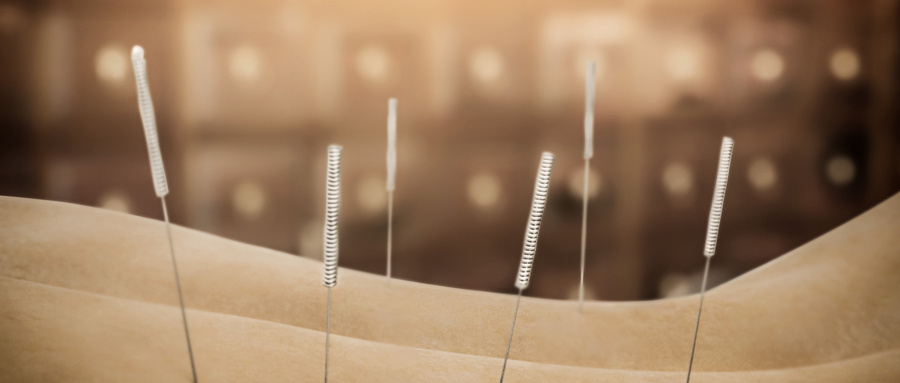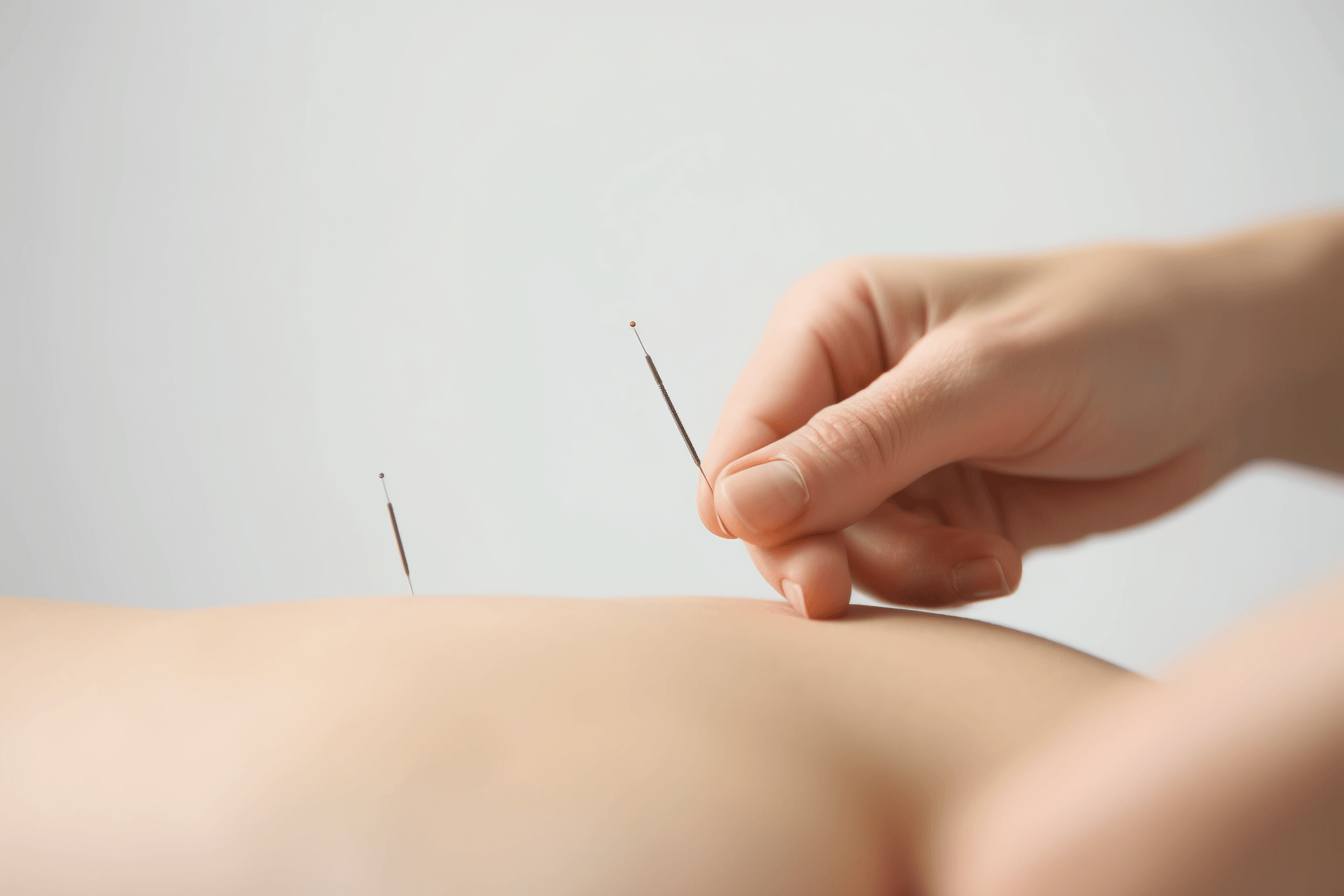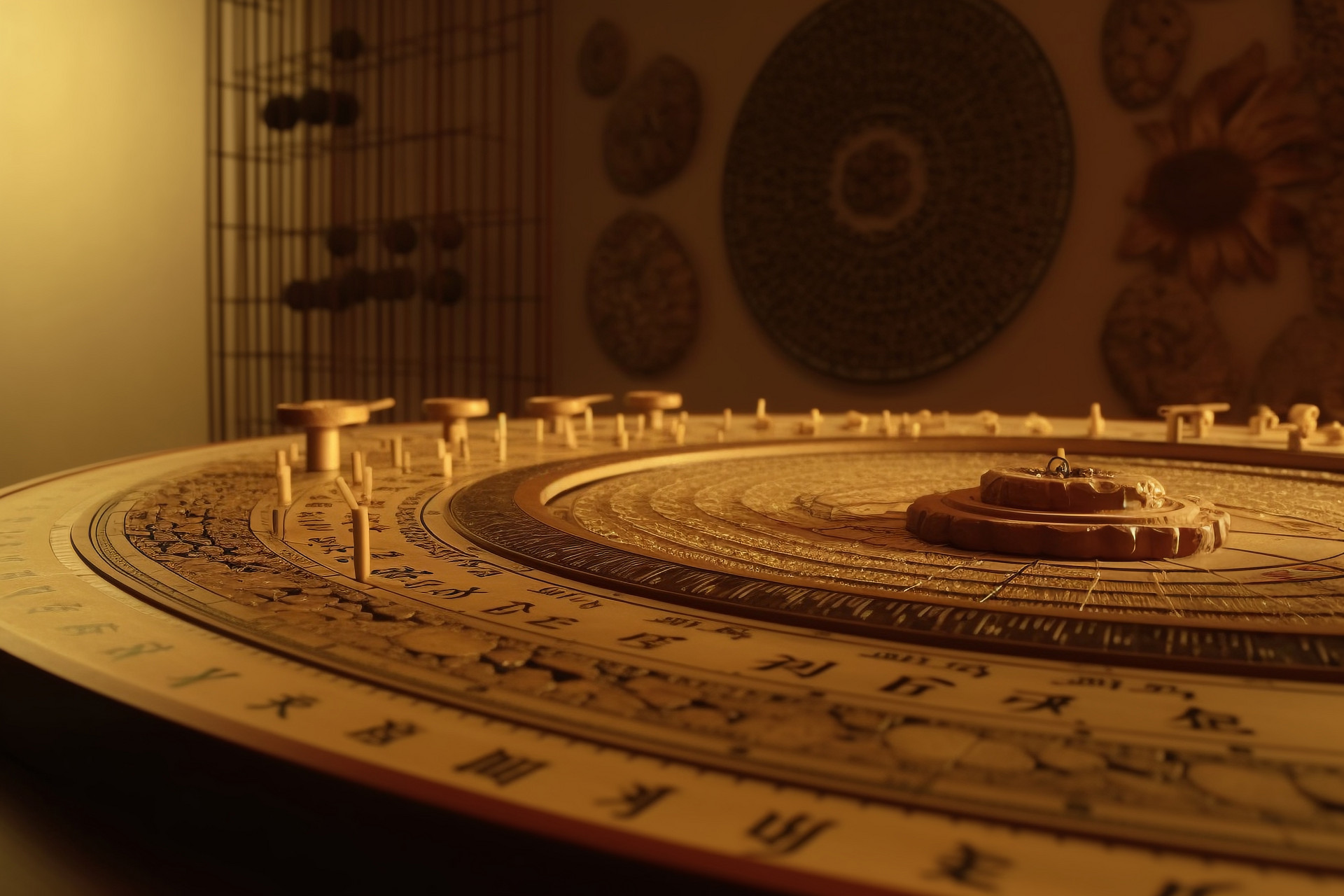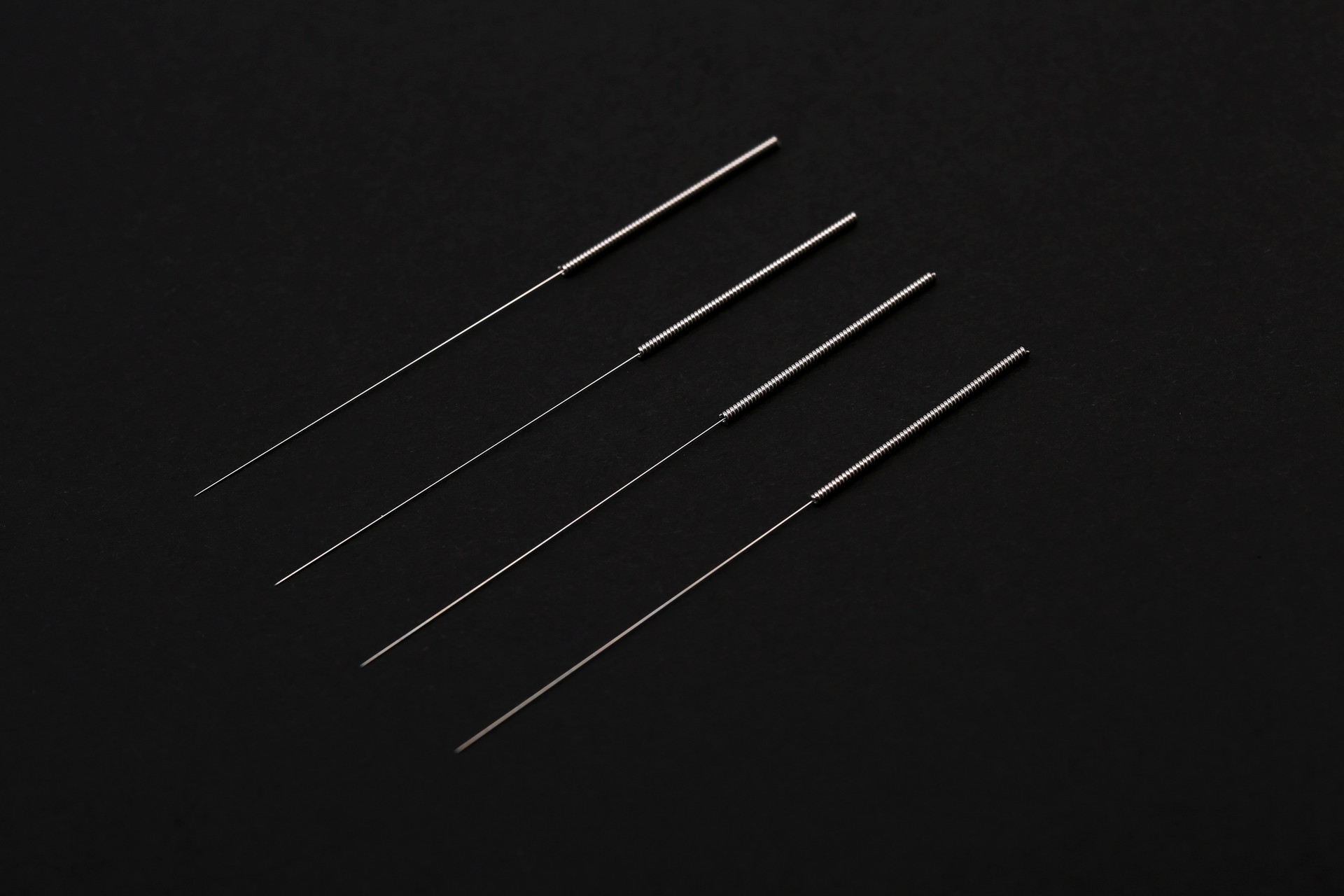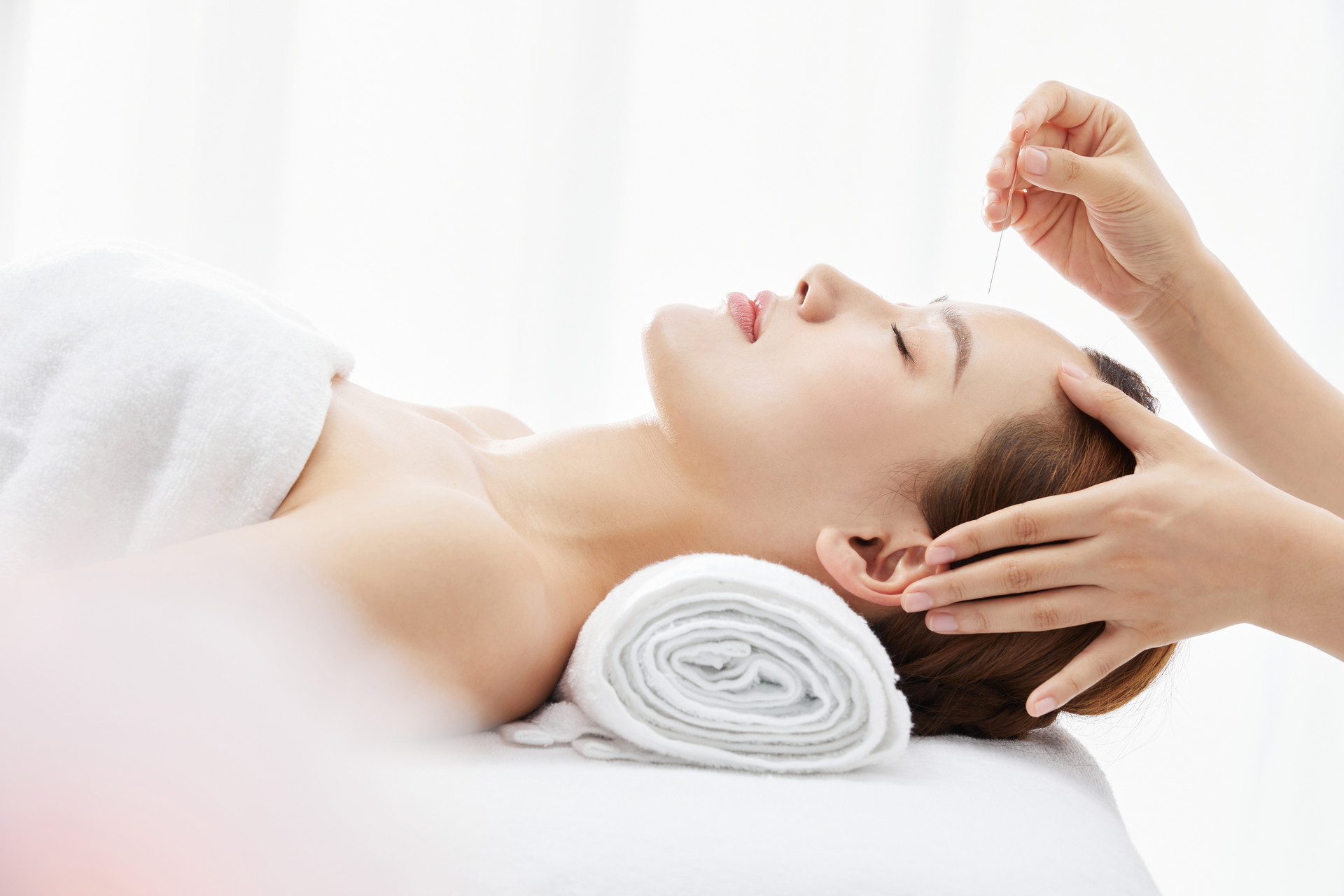Kyungbu Acupoint is the original acupoint of the foot taiyang bladder meridian. It is located below the 5th metatarsal tuberosity on the lateral side of the foot. Kyungbu Acupoint has the functions of clearing heat, stopping spasms, improving vision, and relaxing tendons. It is commonly used in modern medicine to treat hypertension, stiff neck, and lumbar muscle strain. Now let's take a look at the method of using acupuncture on Kyungbu Acupoint to treat shoulder and back myofascial pain syndrome.

Kyungbu Acupoint image
【Introduction to the Disease】
Shoulder and back myofascial pain syndrome refers to the aseptic inflammation of the myofascia in the shoulder and back caused by external factors such as cold, strain, or trauma. It is often characterized by soreness and discomfort in the shoulder and back, stiffness of the muscles, and a heavy pressure sensation;
Sometimes it radiates to the back or both sides between the shoulder and foot bones, and even involves causing chest pain and discomfort, which may be mistaken for heart and lung diseases. It is also called myofibrositis and is a common and prevalent disease in clinical practice.
Shoulder and back myofascial pain syndrome belongs to the category of "Bi syndrome" in traditional Chinese medicine. Traditional Chinese medicine believes that this disease is caused by the invasion of wind, cold, and damp pathogens into the body's muscles and skin, blocking the foot taiyang bladder meridian, resulting in poor circulation of qi and blood, stagnation of the meridians, and the principle of "if it's blocked, unblock it".
There are various clinical treatment methods for this disease, most of which involve selecting acupoints based on the "pain as the point" principle and often using acupuncture, Chinese herbal medicine, massage, acupuncture knife, physical therapy, and moxibustion alone or in combination for comprehensive treatment.
Although they are all effective, the treatment frequency is high, the effect is slow to take effect, and the condition often relapses. It tends to linger and is difficult to cure, especially when triggered by fatigue, changes in the weather, or exposure to cold.

Kyungbu Acupoint image
【Treatment Method】
The patient is in a prone position, and the area near the bilateral Kyungbu Acupoint is pressed to carefully locate the Kyungbu Acupoint where pain is felt;
A 0.30*40mm filiform needle is inserted into the Kyungbu Acupoint along the bladder meridian on the 5th metatarsal bone surface towards the direction of the 5th metatarsal tuberosity, with a depth of about 10-15mm;
After obtaining local qi, a small twisting or pecking technique is used to stimulate the needle sensation to spread from the acupuncture point to the shoulder and back affected area, and/or the appearance of local heat or sweating;
If there is no sensation of needle transmission, local heat, or sweating after one minute of needle stimulation, the technique is stopped;
The same method is used on the other side. The needles are retained for 30 minutes. The therapeutic effect is observed on the second day after acupuncture. If the feeling of soreness and stiffness in the shoulder and back has significantly decreased, the treatment is stopped;
If there is still soreness and discomfort, as well as stiffness and stagnation in the shoulder and back, the treatment is repeated 1-2 more times, with a maximum of 3 treatments. All patients are followed up for 3 months to evaluate the final efficacy.

Kyungbu Acupoint image
【Clinical Case】
Hu**, female, 48 years old. The patient has been experiencing stiffness, soreness, and discomfort in the shoulder and back for more than 10 years due to long-term work in rehabilitation therapy. The symptoms fluctuate in severity and frequency;
They worsen after fatigue or exposure to cold, and can be relieved by massage and physical therapy, but the discomfort has never completely disappeared. This time, the efficacy of physical therapy and massage was not significant. On examination, there was stiffness and local soreness in the shoulder and back.
Around the bilateral Kyungbu Acupoint, there were obvious round subcutaneous nodules with a diameter of about 0.6cm. The patient reported significant tenderness and lifted her leg to avoid touching the nodules. After several seconds of acupuncture, the patient felt heat and sweating in the cervical, shoulder, and back areas. The same process was repeated on the other side.
After retaining the needles for half an hour, the patient felt a significant reduction in stiffness, soreness, and discomfort. The Kyungbu Acupoint was needled 2 more times, and the stiffness, soreness, and discomfort in the shoulder and back disappeared. The patient was advised to strengthen self-exercise and had no recurrence after a 6-month follow-up.
【Conclusion】
The method of using acupuncture on Kyungbu Acupoint to treat shoulder and back myofascial pain syndrome is not only simple in operation and short in treatment duration, but also often achieves significant effects. It is worth promoting and applying in clinical practice.


